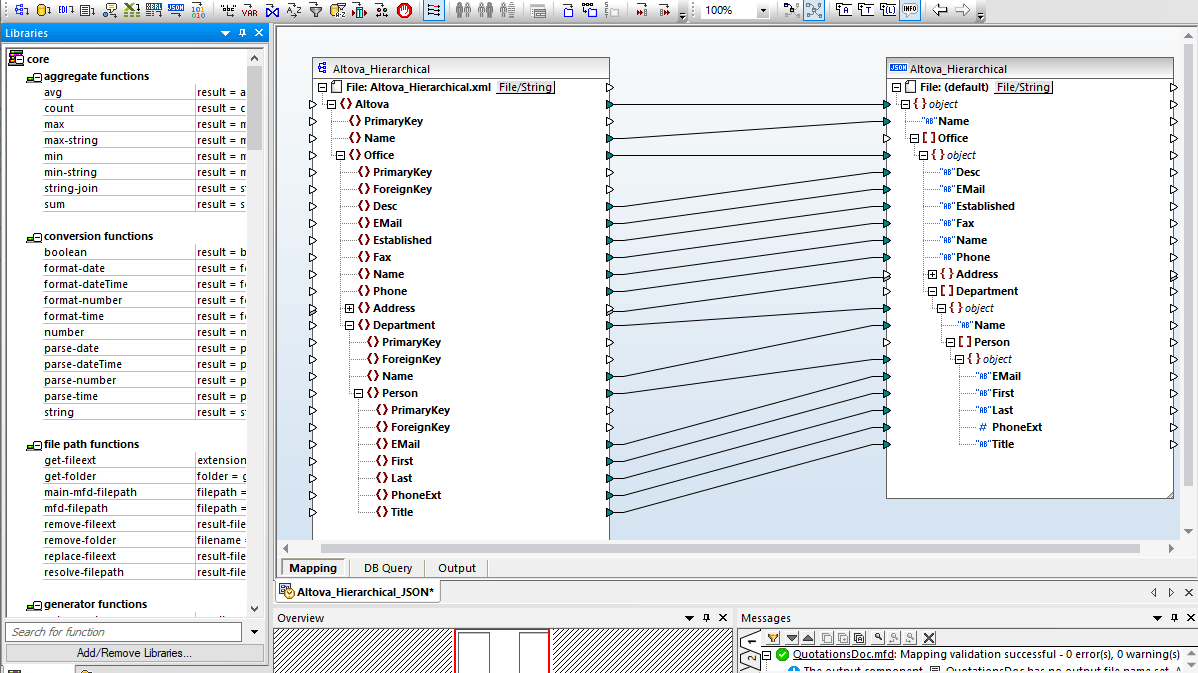

TopLink has always understood the benefit of standards (i.e. I do lead a JAXB implementation EclipseLink MOXy, but MOXy began its life as a proprietary XML binding library TopLink OXM. The alternative is to use different libraries for different tasks giving you multiple libraries to support. Looking at the above categories, JAXB may not always be the best fit for a particular use case (but it is always a good fit), but it is the only library that can be used for all the use cases. Some of the tools mentioned here haven't released in 2 years.

JAXB (implementation depends of the JAX-WS provider).JAXB is the default binding layer for JAX-WS. Use Case #7 - Compatibility with XML Web Services (JAX-WS) EclipseLink JAXB (MOXy) - Was built with JPA in mind.For example any XML tool that only interacts with objects via the field will usually have problems with lazy loading properties. JPA has many concepts: composite keys, bidirectional relationships, lazy loading, etc that can be hard to use with an XML binding solution. JPA is the Java standard for Java persistence. XMLBeans - The generated object model stores the entire XML infoset.JAXB (all implementations) - Has the Binder feature.In this use case you need to preserve the unmapped content: comments, processing instructions etc. EclipseLink MOXy with its XPath based mapping is the only tool I'm aware of that can handle this use case In this use case you have existing classes that you need to map to an existing XML schema. Use Case #4 - Meet-in-the-Middle (Existing classes and schema) XStream - Metadata can be applied programmatically.Castor - Offers an external binding file.Metro JAXB - Can leverage Annox or JAXBIntroductions.EclipseLink JAXB (MOXy) - Offers an external binding file, and metadata can be applied programmatically.This requires the metadata to be supplied externally either with an XML file of by code. In this use case you do not have the source to modify the model classes. Use Case #3 - Starting form Java Classes (that you can not edit) The edits normally involve the addition of annotations to control the mapping. In this use case you have much more selection (only XMLBeans is eliminated). Use Case #2 - Starting from Java Classes (that you can edit) XMLBeans - Generates proprietary classes that include XML binding logic.JAXB (all implementations) - Generates POJOs with JAXB annotations.XStream for example recommends XMLBeans for this. Not many of the tools mentioned in this thread support this use case. In this use case you have an XML schema and you want to generate a Java model. Use Case #1 - Starting from an XML Schema This ultimately depends on what you are trying to do, I'll explain below: Metro (The reference implementation, included in Java SE 6)įor more information on JAXB check out my blog:.There are several open source implementations available: The NUMBERS converter is always available online and is completely free.JAXB is the standard and the best approach for coverting Java objects to XML. You can convert your NUMBERS documents from anywhere, from any machine or even from a mobile device. All documents are removed from the cloud after 24 hours. Expand the ConvertOptions and fill the fields for watermarking.Ĭonverted XML files are stored in the cloud. Or you can add a watermark to the converted XML file.
#Java to xml converter online password
Just expand LoadOptions and enter the password of your file. For example you can convert password protected documents. You even can perform more advanced conversions.
#Java to xml converter online download
Once conversion completed you can download your XML file. Just drag and drop your NUMBERS file on upload form, choose the desired output format and click convert button. You can convert your NUMBERS documents from any platform (Windows, Linux, macOS).


 0 kommentar(er)
0 kommentar(er)
